Origin: Longan, a native fruit to Southern Asia, means “dragon’s eye” in Chinese, because the unshelled fruit resembles a dragon’s eyeball. The black seed of the longan fruit shows through its translucent flesh. The fruit is a tropical member of the soapberry family, which is the same family the lychee belongs to.
Flavor Profile: Longans are very juicy, with a high water content water, and high in natural sugars; so it is very sweet. The translucent flesh has the consistency of a grape and it also has a grape-like taste to some.
How To Eat: Longan is tree-ripened and arrives ready to eat immediately. Refrigerate if not consumed immediately to preserve shelf life.

First come first serve, any orders that can’t be shipped this season will be reserved for next season.
The total weight of each box varies depending on the size, shape, and mass of the fruit:
- One Pound contains up to 1 pound
- Small Box contains up to 3-5 pounds
- Large Box contains up to 8-10 pounds
- Extra Large Box contains up to 16-20 pounds
- Bulk Box contains up to 32-40 pounds
We ALWAYS recommend ordering a LARGE BOX for the best value, when compared to a Small Box. Because shipping, handling, and delivery are so expensive per package, the Large Box will contain more fruit and ultimately a better value.
| Size | One Pound, Small Box, Large Box, Extra Large Box, Bulk Box |
|---|
Reviews
There are no reviews yet.
Related products
Fresh Fruit
Fresh Fruit
Fresh Fruit
Fresh Fruit
Fresh Fruit
Fresh Fruit
Fresh Fruit
Fresh Fruit
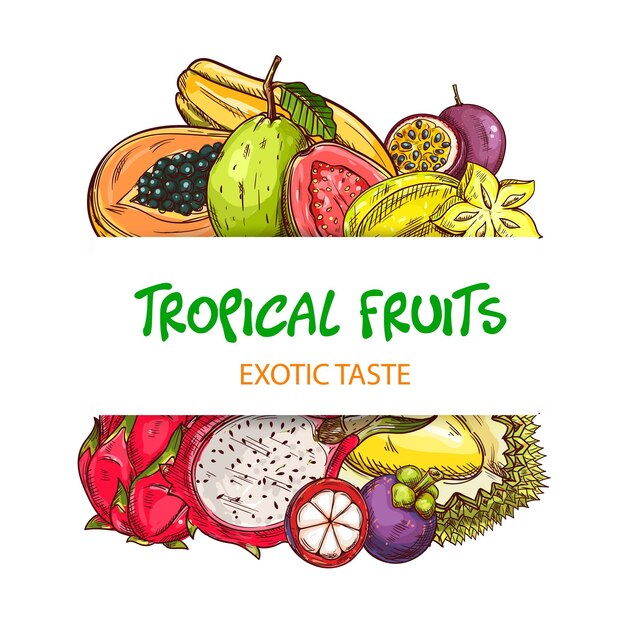
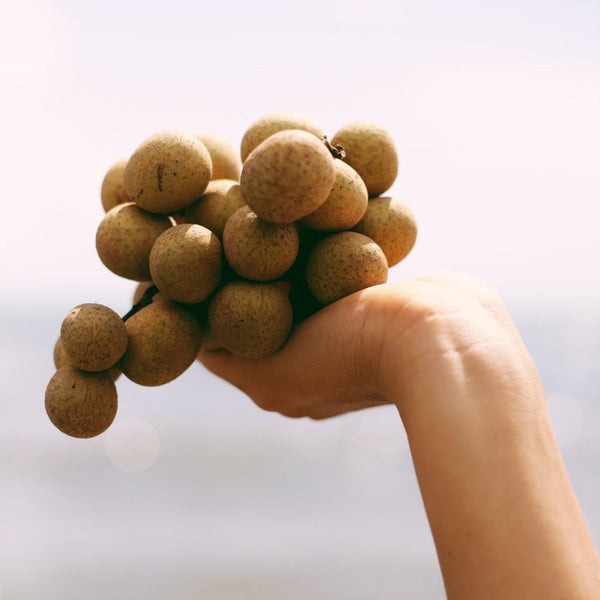
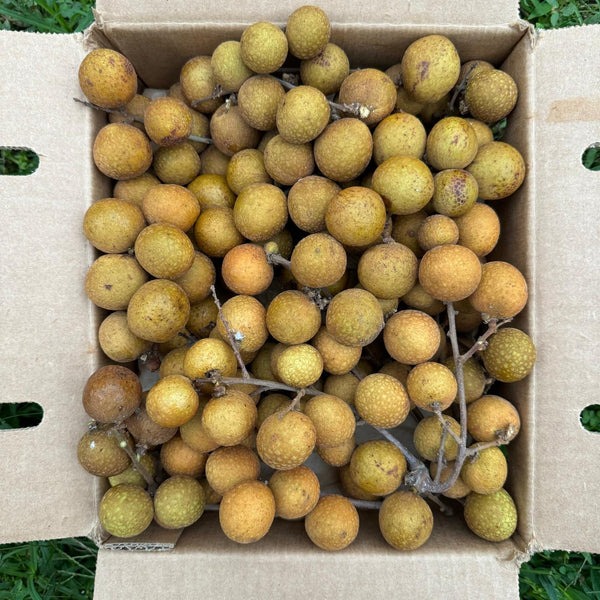
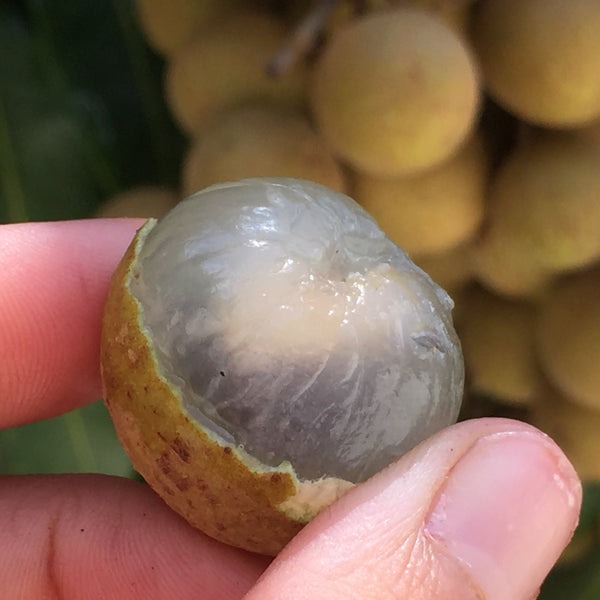
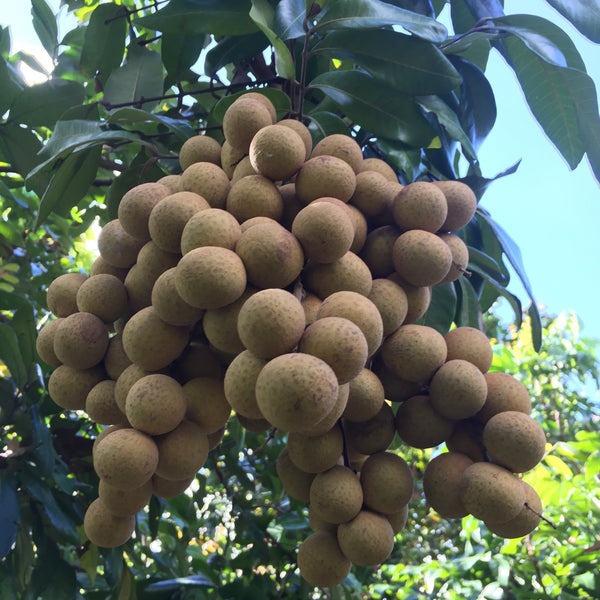
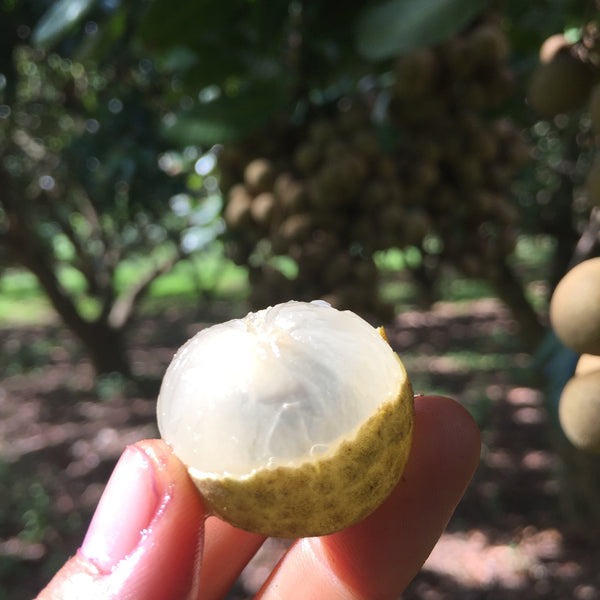
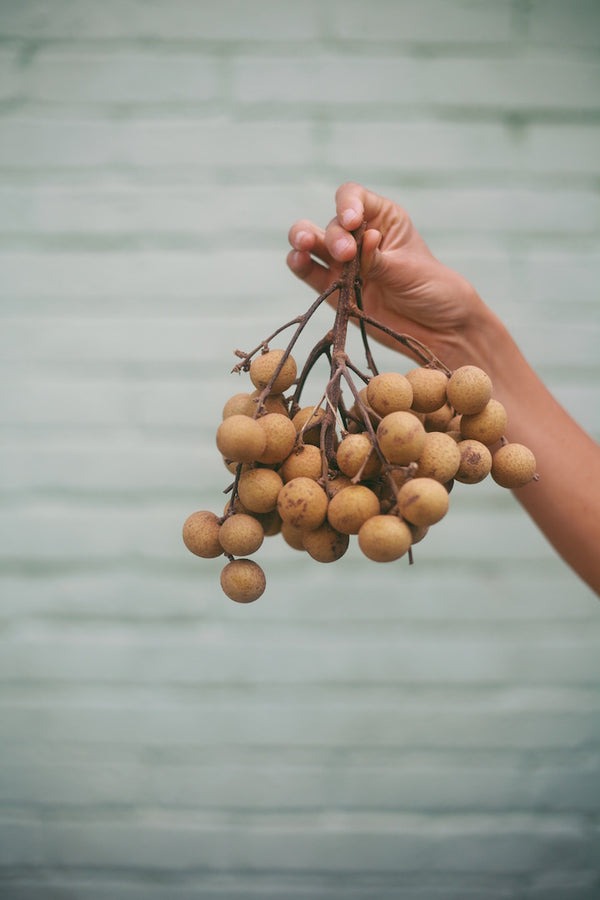
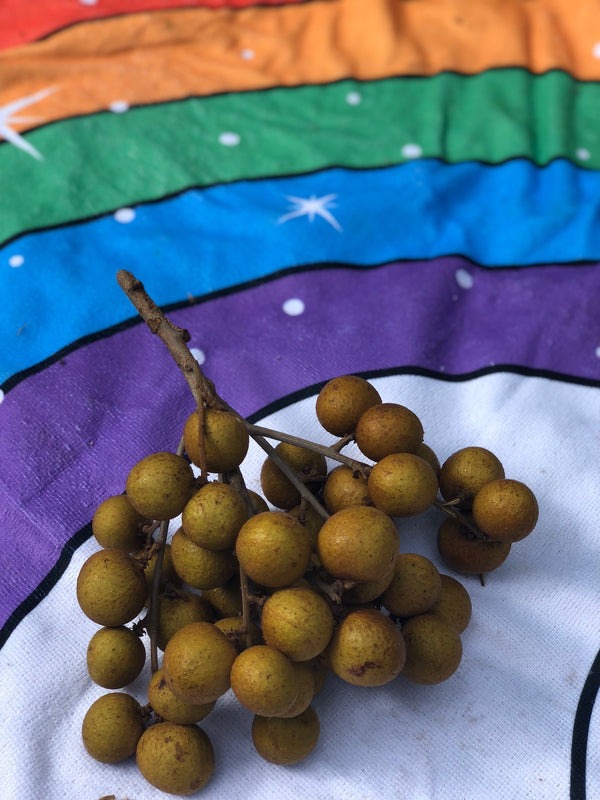
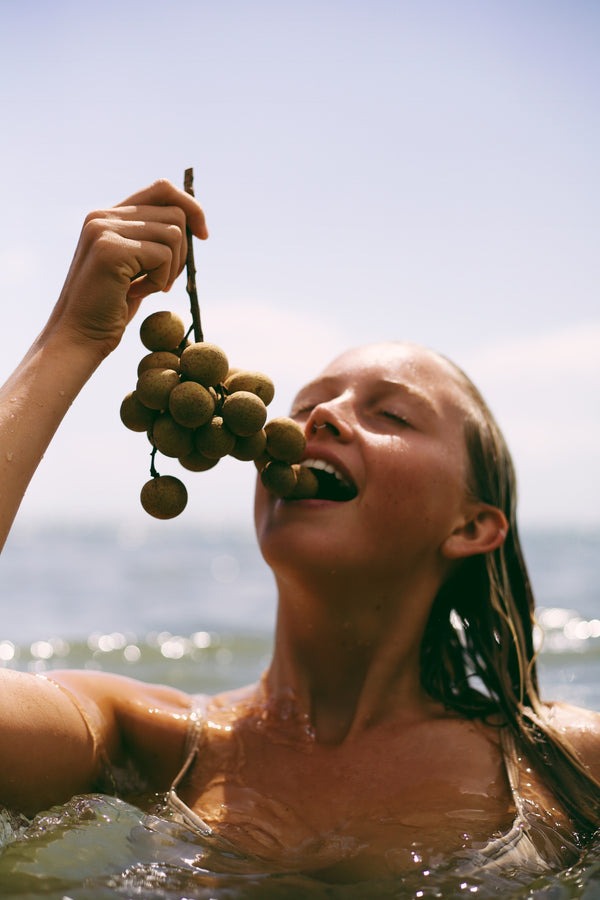
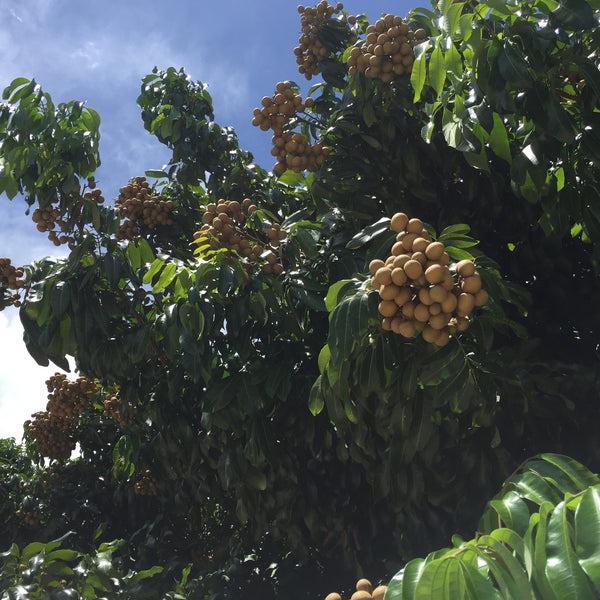
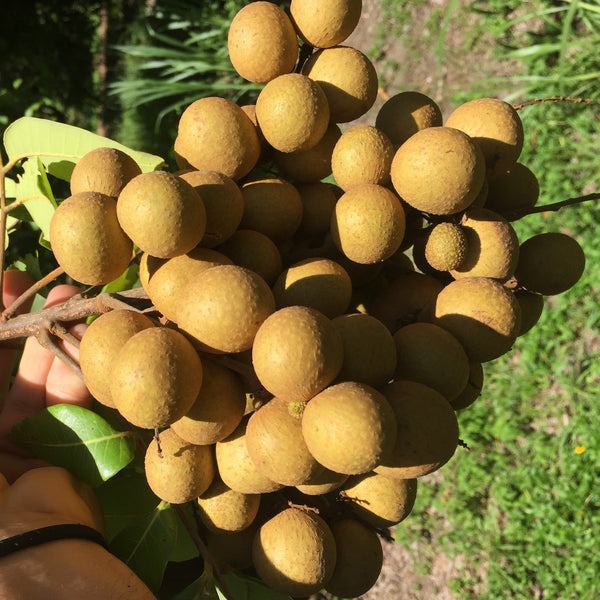
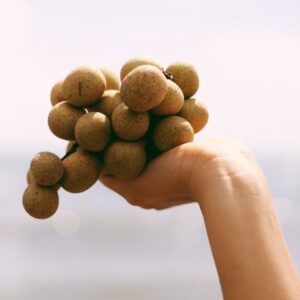
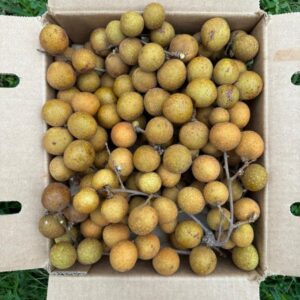
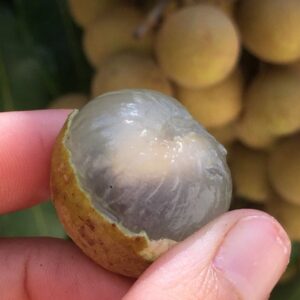
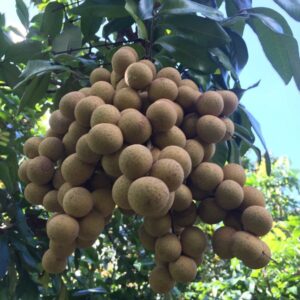
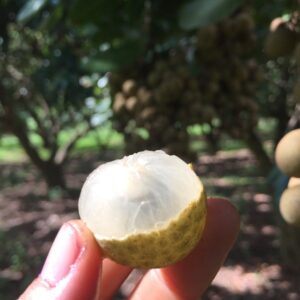
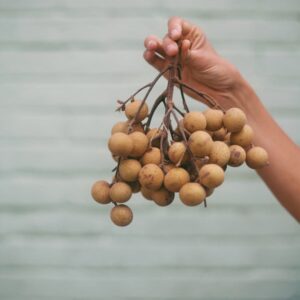
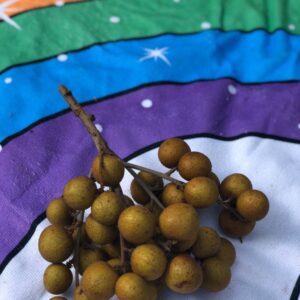

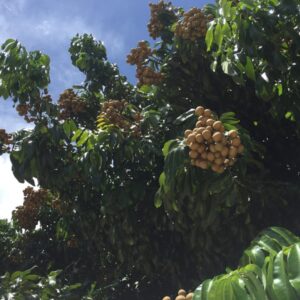
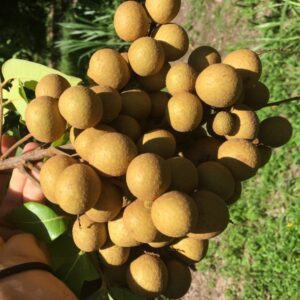

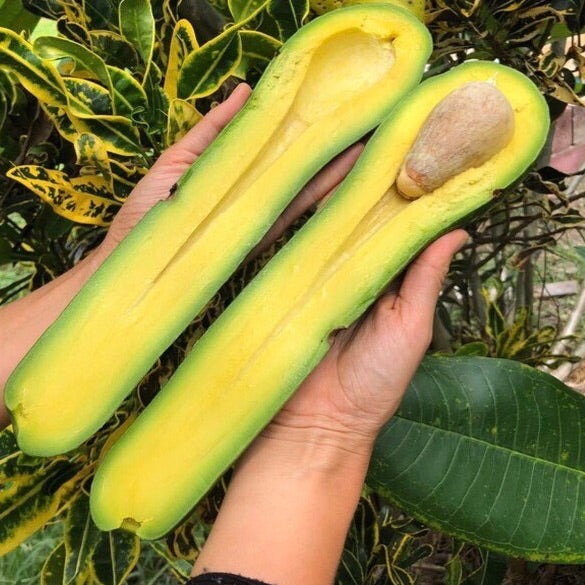
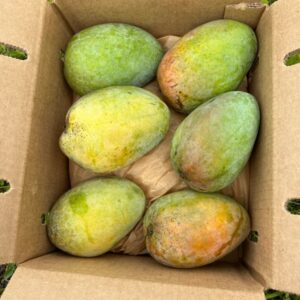
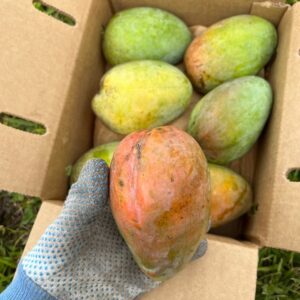

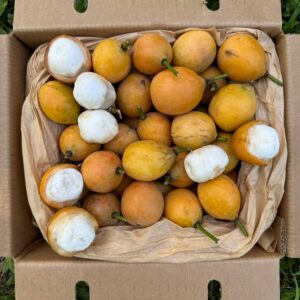

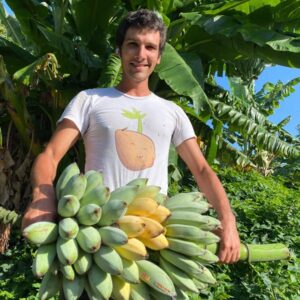

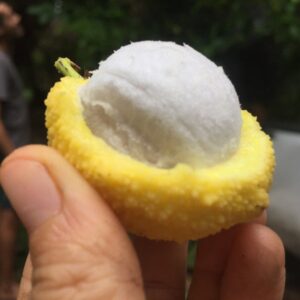
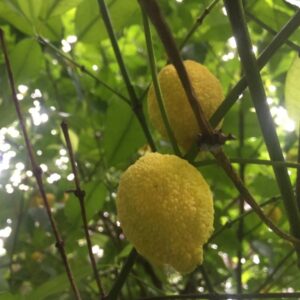

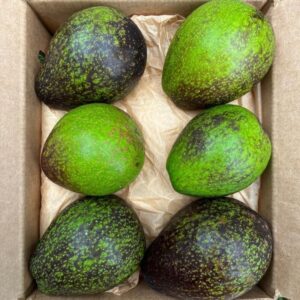
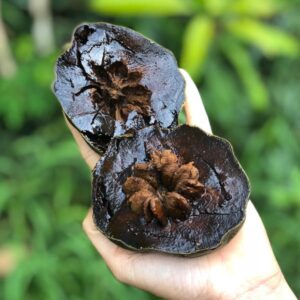
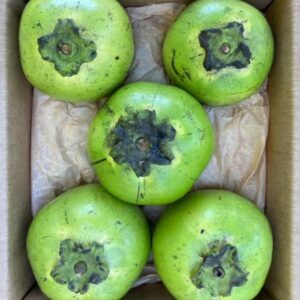
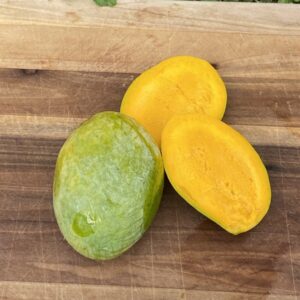
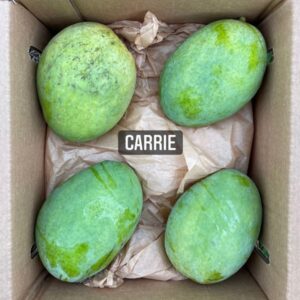
Be the first to review “Longan”
You must be logged in to post a review.